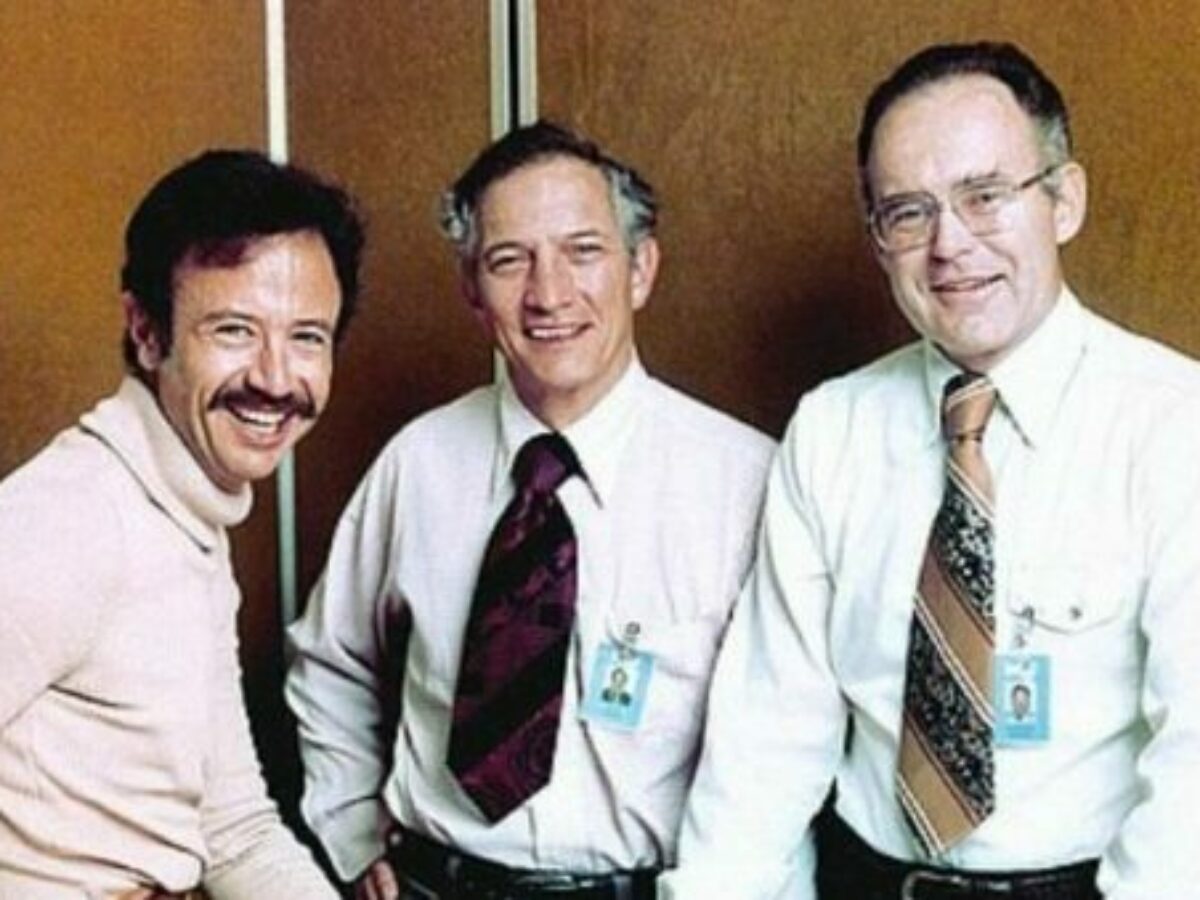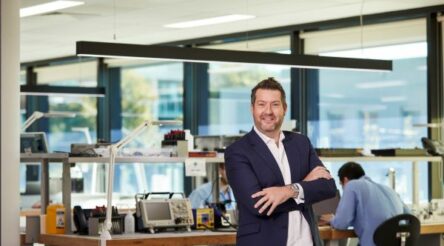Farewell, master of foresight Dr Gordon Moore

By Andre Saraiva
Once I heard of the death of Dr Gordon Moore (right), one of the founders of Intel, I immediately went back to read his famous 1965 article written for Electronics. I remembered the first time I read this article and how it felt like it was written by a time traveller.
Firstly because of the incredible technological foresight that the number of components per chip would roughly double every two years over the next decade. This later came to be referred to as the “Moore’s law”. The only mistake he made was that it would not last a decade, but at least six! The law ended up outlasting the man, who died at the enviable age of 94 after decades and billions of dollars of philanthropy through his Gordon and Betty Moore foundation.
But the article also offers a second window into Dr Moore’s forward-looking soul. He writes like it is the twenty first century. His text is concise, dense in information and addresses issues forthright. By all accounts, this was simply his personality reflected in writing, revealing another dimension in which Gordon Moore was a man ahead of his time. He was born in a world too slow for him and helped bring it up to his speed.
Referring to himself as an “accidental entrepreneur”, he skilfully walked the line between scientist and businessman, with a keen eye for the future of the field. One of the interesting elements in his 1965 article is an illustration that shows a consumer’s fair with a booth selling “Handy Home Computers” tucked between a “Cosmetics” and a “Notions” booth (notions=haberdasheries or sewing materials for our non-crafty readers). It takes a minute for us to realise that it is supposed to be a joke about the future of consumer electronics since this has been the reality of this business for decades now (some younger readers might not even have seen a world that considered computers as highly specialised technical equipment).
We often refer to the end of the Moore’s Law. The man himself was not expecting it to last more than a decade, and predictions about the tipping point that would see silicon MOSFETs hit the wall in scalability have failed year after year. Quantum computers have been mentioned as the ultimate Moore’s law breaker, which is not really true – quantum computers only outperform classical computers in some tasks, not all. We will keep needing classical computers and cramming more components into single chips for as long as we can. Silicon is still king, and we all mourn the death of one of its pioneers.
Image Credit: Intel Free Press, CC BY-SA 2.0, via Wikimedia Commons
Dr Andre Saraiva is Head of Solid State Theory at Diraq. Saraiva is a solid state physicist, interested in the electronic structure theory of semiconductor devices used for quantum computing with spins, as well as general theoretical questions about quantum processor control, scalability and noise processes.
This article first appeared at Diraq’s website. It has been reproduced with permission.
@aumanufacturing Sections
Analysis and Commentary Awards Defence Manufacturing News Podcast Technology Videos










